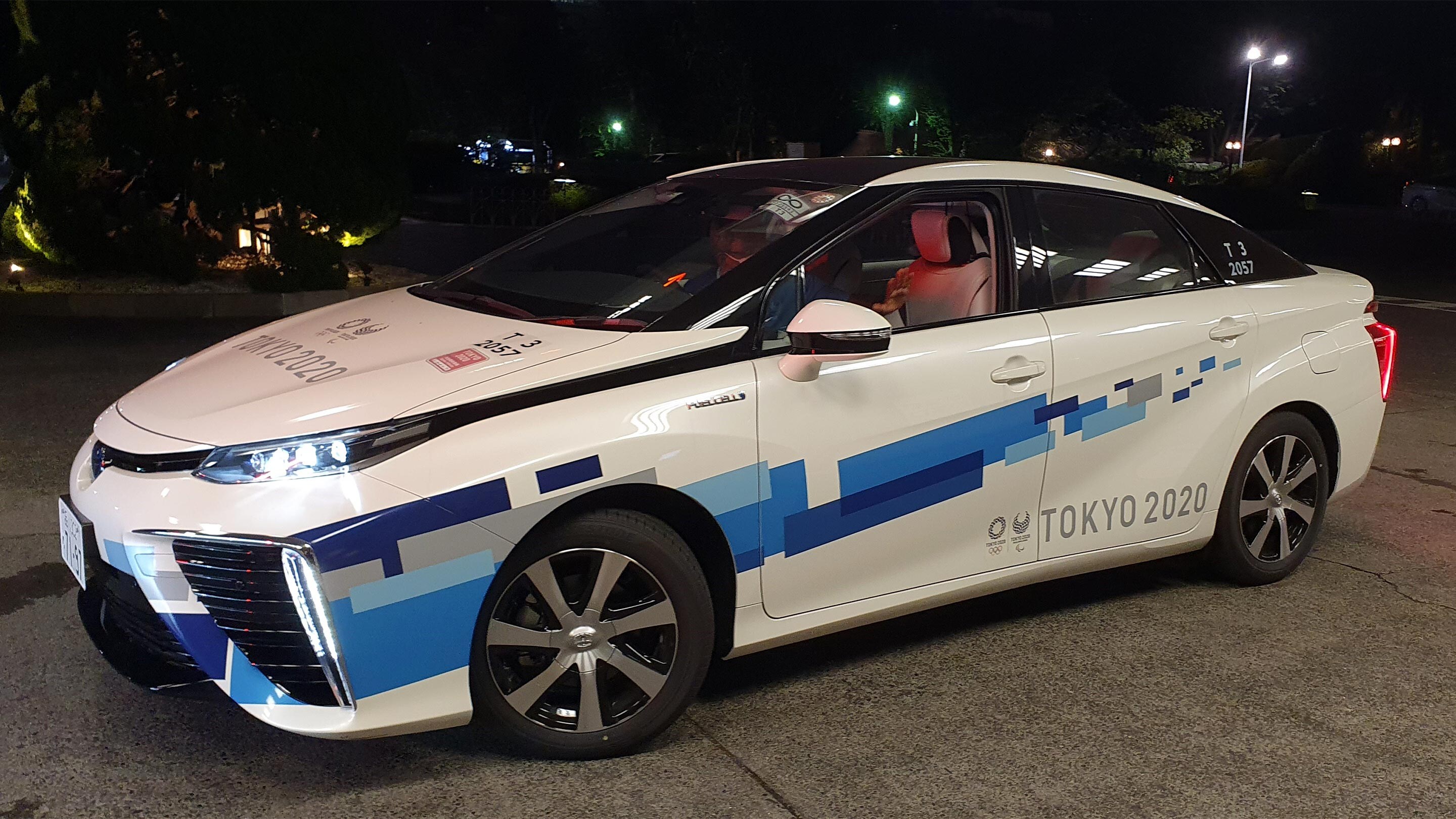Lighting the Olympic cauldron formally marks the end of the torch relay and symbolises the continuity between the ancient and modern Games. At Tokyo 2020, it will also mark the Olympic Movement’s commitment to a more sustainable world: this will be the first time in Olympic history that the Olympic cauldron will be powered with hydrogen.
As climate change impacts our lives more and more, the hydrogen-powered cauldron shines new light on the opportunities for clean energy in Japan and across the planet. A light, storable and transportable gas which causes no emissions when produced with renewable energy, hydrogen may have a vital role to play in the transition to carbon-free societies. It currently offers some of the best potential to reduce or eliminate emissions from airlines, shipping and industry. As the world grapples to adapt to a heating planet, hydrogen is widely seen as a vital ingredient for a future that is climate-friendly and energy-efficient.
With hydrogen’s growing momentum in politics and business, Japan is showing the way forward to a hydrogen-based society. One of the first countries to adopt a national hydrogen strategy in 2017, it is giving hydrogen a starring role at Tokyo 2020.
“With their immense reach and visibility, the Olympic Games are a great opportunity to demonstrate technologies which can help tackle today’s challenges, such as climate change,” says Marie Sallois, Director for Corporate and Sustainable Development at the International Olympic Committee. “Tokyo 2020’s showcasing of hydrogen is just one example of how these Games will contribute to this goal.”
Home to thousands of athletes for several weeks, the Olympic Village is one demonstration of how this technology can be used in practice. Built as a miniature hydrogen city, it shows the potential of a first full-scale hydrogen infrastructure. The hydrogen will also fuel athlete buses and heat water in the cafeterias, dormitories and training facilities. After the Games, underground pipes will take hydrogen from a production station to residential blocks. Organisers hope the Olympic Village, as Japan’s first full-scale hydrogen infrastructure, will leave an impression on future generations.
Worldwide Olympic Partner Toyota, which also produced the world’s first hydrogen-powered cars in 2014, will supply approximately 500 Mirai fuel cell vehicles to the Games to help transport staff and officials. Toyota will also deliver 100 hydrogen fuel cell buses (FCBs) to ferry athletes around. Each bus has 10 hydrogen tanks to carry a total of 600 litres.
Japan is using the Olympic Games as an opportunity to accelerate the growth of its hydrogen ambitions. Under Japan’s hydrogen vision, the country has set a target of 800,000 fuel cell vehicles by 2030 and a network of filling stations. There are currently 135 hydrogen refuelling stations in Japan, more than any other country.

